http://z10.invisionfree.com/The_Unhived_Mind_II/index.php?showtopic=6929
QUOTE House of Farnese
The Farnese family was an influential family in Renaissance Italy.
Its most important members include Pope Paul III and the Dukes of Parma.
Several important architectural works and antiquities are associated with the Farnese family, either through construction or acquisition, including the Farnese Marbles. These include the Palazzo Farnese in Rome and the Villa Farnese in Caprarola.
Origins
The family could trace its origins back to around AD 984 and took their name from one of their oldest feudal possessions - Castrum Farneti. There has been some debate as to the origins of the name Farnesti/Farnese. Some suggest that it derives from the vernacular name for an oak found in the region, the Farnia (Quercus robur), but others have held that the name owes its origins to the Fara, a term of Lombard origin used to denote a particular social group. In the 12th century they are recorded as minor feudataries in the area of Tuscania and Orvieto, several members holding political positions in the latter commune. One Pietro defeated the Tuscan Ghibellines in 1110 and, most likely, fought against the Italo-Normans in 1134. His son Prudenzio was consul in Orvieto and defeated the Orvieto Ghibellines backed by Siena; another Pietro defended the town against Emperor Henry VI.
In 1254 one Ranuccio defeated Todi's troops and fought for Pope Urban IV against Manfred of Sicily. His son Niccolò was in the Guelph army in the Battle of Benevento (1266).
The Farnese returned in Tuscia (southern Tuscany-northern Lazio) in 1319, when they acquired Farnese, Ischia di Castro, and the Castles of Sala and San Savino. In 1354 Cardinal Albornoz, in return for the family's help in the war against the Papal riotous barons, gave them the territory of Valentano. In this period they fought against the fierce Papal rivals, the Prefetti di Vico. In 1362 Pietro Farnese was commander-in-chief of the Florentine army against Pisa in the war for Volterra. Six years later Niccolò Farnese saved Pope Urban V from the attack of Giovanni di Vico, first in the castle of Viterbo and then in that of Montefiascone. The loyalty to the Papal cause granted to the Farnese the confirmations of their possessions in the northern Lazio and a series of privileges which raised them as the same level of the more ancient and powerful Roman barons of the time (Savelli, Orsini, Monaldeschi, Sforza of Santa Fiora).
Rise of the family
The family substantially increased its power in the course of the 15th century, as their territories reached the southern shore of the Lake Bolsena and Montalto, especially thanks to Ranuccio the Elder. He was commander-in-chief for the neighbouring Siena against the Orsini of Pitigliano and, after his victory, received the title of Senator of Rome. His son Gabriele Francesco originated the "military" line of the family, which however disappeared after three generations.
Pope Paul III with his cardinal-nephew Alessandro Cardinal Farnese (left) and his other grandson, Ottavio Farnese, Duke of Parma.
The Farnese's Palazzo della Pilotta in Parma.Ranuccio's son Pier Luigi married a member of the ancient baronial family of the Caetani (that of Pope Boniface VIII), thus giving the Farnese further importance in Rome. His daughter Giulia, who was a mistress of Pope Alexander VI, further expanded the Roman fortunes of her family. She granted her brother Alessandro the title of cardinal; under Alexander's successor Julius II he became governor of the Marca Anconetana and, in 1534, he managed to become pope as Paul III. Among his most notable feats, there were an unprecedented nepotism and the establishment of the Council of Trent.
Dukes of Castro and Parma
Paul III named his son Pier Luigi gonfaloniere of the Roman Church and Duke of Castro, granting him the possession of a state encompassing the Farnese lands from the Thyrrenian Sea to the Lake of Bolsena, as well as the county of Ronciglione and many other smaller fiefs.
In 1545 Paul was also able to carve out, from territories once belonging to the Papal States, another state in northern Italy for his son, the Duke of Parma and Piacenza. Two years later Pier Luigi was assassinated by his new subjects under Spanish mandate. Despite Charles V moves, the pope reacted and soon established Ottavio, Pier Luigi's son, on the ducal throne. Paul III died in 1549, his political role in the curia handed over to his grandson Alessandro, who was an influential cardinal until his death in 1589.
The Duchy of Parma continued to be ruled by the Farnese until the 17th century, but that of Castro went lost in 1649 under the military assault launched by Pope Innocent X. Despite the lack of the territories in central Italy, the Farnese court in Parma under duke Ranuccio II was one of the most splendid in Italy.
As the small state fell under the Spanish control and influence, the family lost Parma and Piacenza in 1731 as the last duke Antonio Farnese died heirless.
Most notable members
Pietro Farnese (dates unknown)
Ranuccio Farnese (1390—1450)
Pier Luigi Farnese (1435—1487)
Pope Paul III, born Alessandro Farnese (1468—1549)
Giulia Farnese, mistress of Pope Alexander VI and sister of the above Alessandro Farnese
Pier Luigi Farnese, first Duke of Parma (1503—1547)
Alessandro Farnese, Cardinal (1520—1589)
Ottavio Farnese, second Duke of Parma (1524—1586)
Ranuccio Farnese, Cardinal (1530—1565)
Alessandro Farnese, third Duke of Parma (1545—1592)
Ranuccio I Farnese, fourth Duke of Parma (1569—1622)
Odoardo Farnese, fifth Duke of Parma (1612—1646)
Ranuccio II Farnese, sixth Duke of Parma (1630—1694)
Francesco Farnese, seventh Duke of Parma (1678—1727)
Antonio Farnese, eighth Duke of Parma (1679—1731)
Elizabeth Farnese, Queen of Spain, wife of King Philip V, mother of Charles III (1692—1766)
Sources
Annibali, Flaminio Maria (1817-1818). Notizie Storiche della Casa Farnese. Montefiascone.
del Vecchio, Edoardo (1972). I Farnese. Rome: Istituto di studi romani editore.
Drei, Giovanni (1954). I Farnese grandezza e decadenza di una dinastia italiana. Rome: La Libreria dello Stato.
Nasalli Rocca, Emilio (1969). I Farnese.
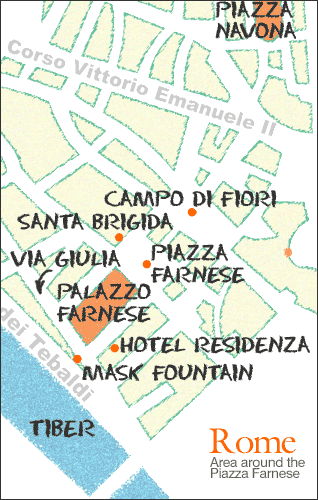
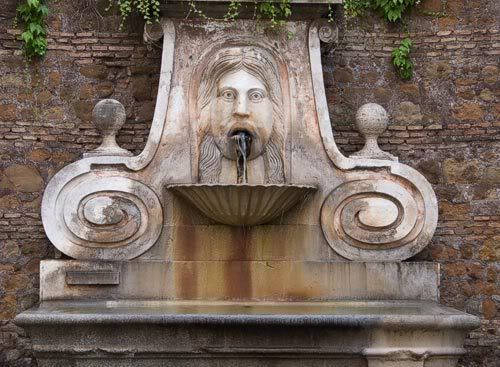
Farnese Fountain
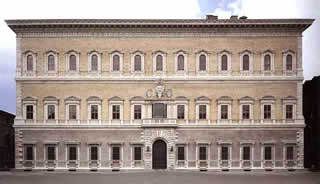
Palazzo Farnese

Farnese Cafe

Farnese Hotel
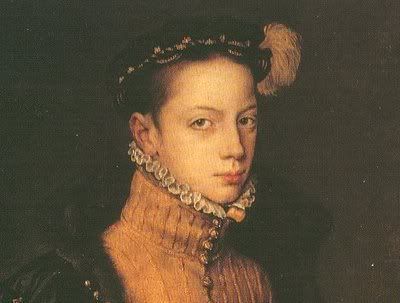
Alessandro Farnese

Alessandro Farnese

Alessandro Farnese
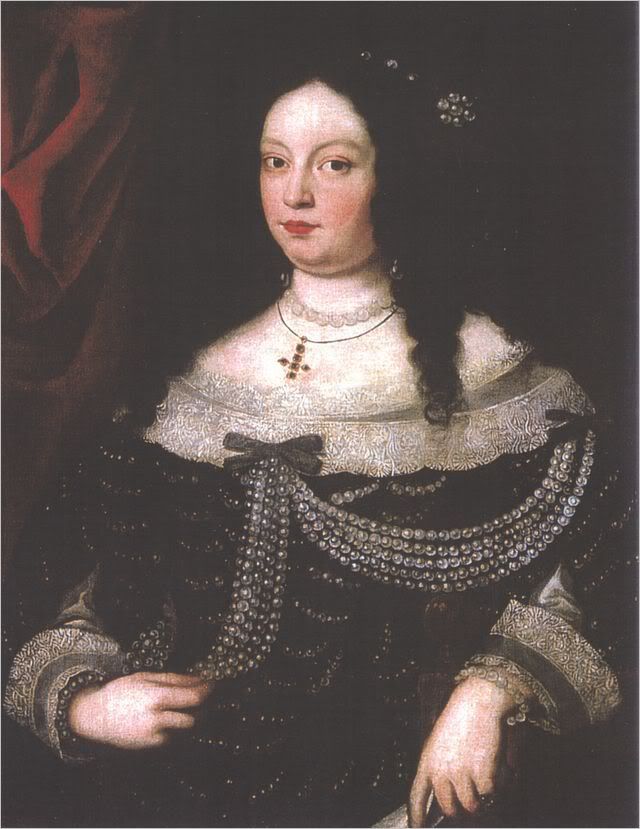
Vittoria Farnese
Seconda moglie di Francesco I d'Este, duca di Modena e Reggio col dominio della Garfagnana.
Duchessa dal 1648 al 1649.
Ritratto di Vittoria Farnese, anonimo del sec. XVII. Modena, Banca Popolare dell'Emilia Romagna
Seconda moglie di Francesco I d'Este, duca di Modena e Reggio col dominio della Garfagnana.
Duchessa dal 1648 al 1649.
Ritratto di Vittoria Farnese, anonimo del sec. XVII. Modena, Banca Popolare dell'Emilia Romagna
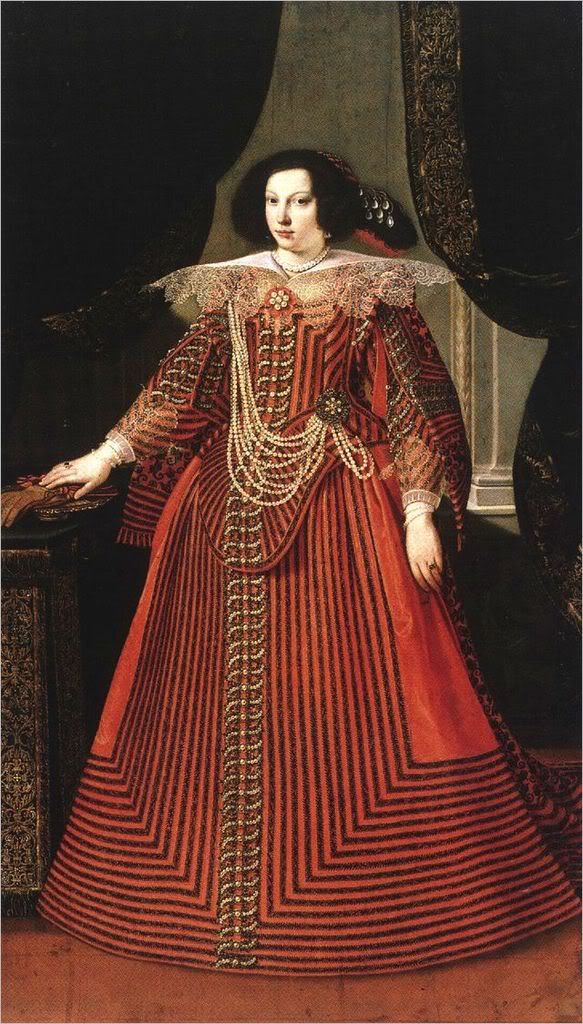
Maria Farnese
Prima moglie di Francesco I d'Este, duca di Modena e Reggio col dominio della Garfagnana.
Duchessa dal 1631 al 1646.
Matteo Loves. Ritratto di Maria Farnese, Ginevra, Museo delle Arti e della Storia
Prima moglie di Francesco I d'Este, duca di Modena e Reggio col dominio della Garfagnana.
Duchessa dal 1631 al 1646.
Matteo Loves. Ritratto di Maria Farnese, Ginevra, Museo delle Arti e della Storia
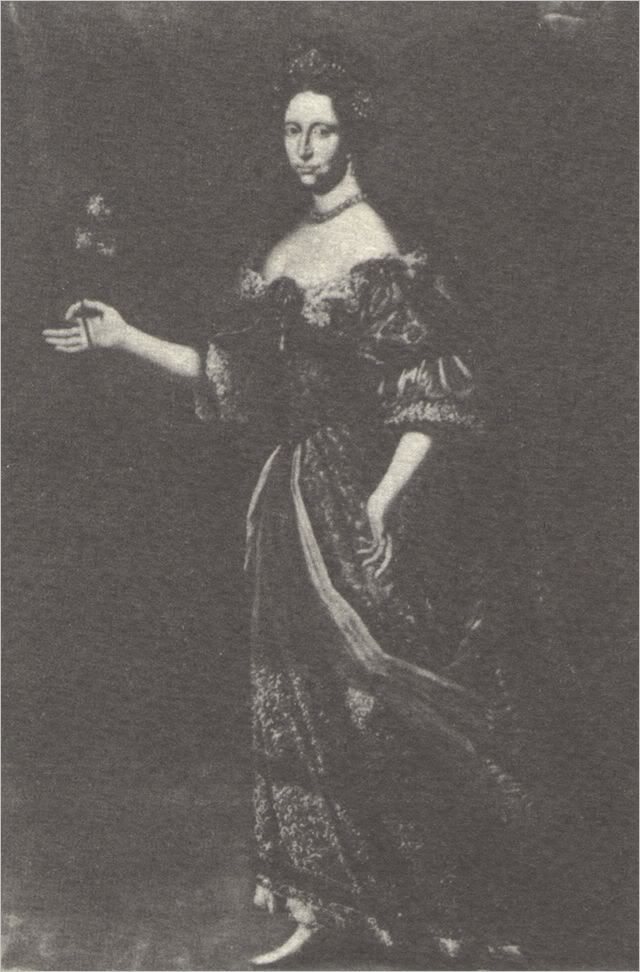
Margherita Farnese
Moglie di Francesco II d'Este, duca di Modena e Reggio col dominio della Garfagnana.
Duchessa dal 1692 al 1694.
Ritratto di Margherita Farnese, autore ignoto. Parma, Galleria Nazionale.
Moglie di Francesco II d'Este, duca di Modena e Reggio col dominio della Garfagnana.
Duchessa dal 1692 al 1694.
Ritratto di Margherita Farnese, autore ignoto. Parma, Galleria Nazionale.
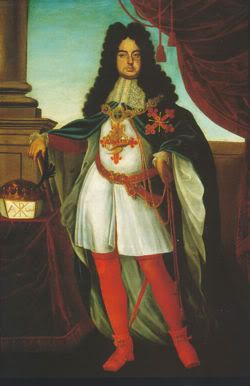
Francesco Farnese
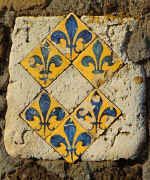
I sei gigli azzurri in campo oro dei Farnese (Torre campanaria della Chiesa Collegiata di Gradoli)(1)
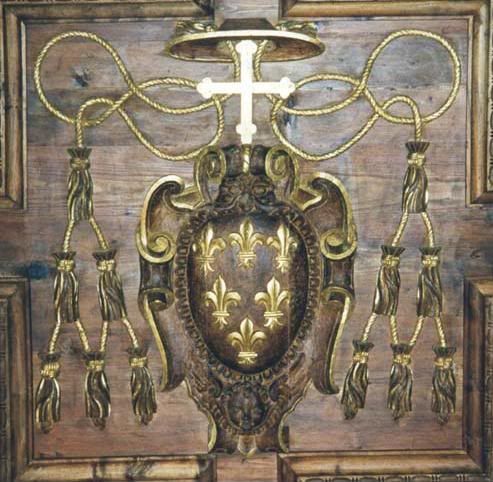
Arms of cardinal Farnese on a ceiling decoration, palazzo Farnese, Caprarola























No comments:
Post a Comment